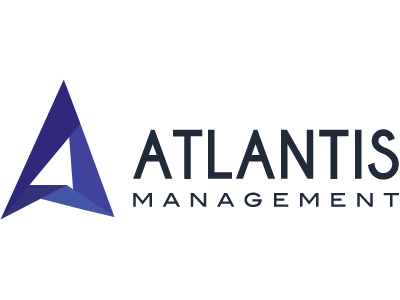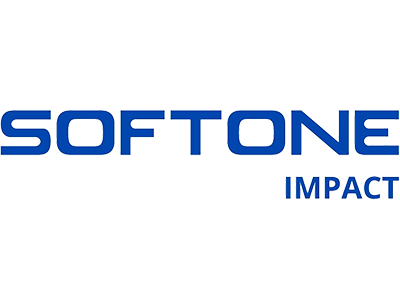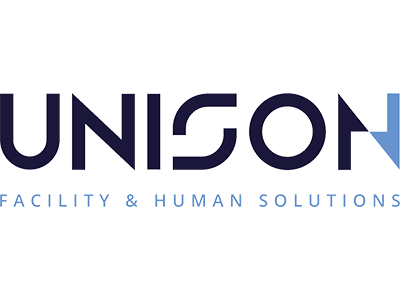Robotic Process Automation (RPA) technology is gaining widespread popularity helping businesses to reach their full potential and stay competitive by reimagining operations with minimal investments. Following are among the top ten trends and predictions to look out for in 2022 that will impact the future of businesses and industries.
Trend 1: In 2022, the RPA market will pivot into Low-Cost RPA and hyperautomation markets
The core RPA technology has become a commodity as several low-cost RPA vendors have jumped into the fray. The commoditization has created pricing pressure on the vendors. Perhaps in anticipation of this wave, several top-line vendors have begun to package complementary hyperautomation technologies such as AI, Process Mining, Workflow, etc. The market will pivot into a no-frills Low-Cost RPA market and an RPA led Hyperautomation market.
Trend 2: There would be increased adoption of Managed RPA
Historically, RPA’s technical complexity was a barrier to adoption. Several vendors have begun to offer managed RPA service at a low cost to alleviate this. In 2022, we can expect an uptick in managed RPA services.
Trend 3: Small to Medium Businesses (SMBs) will adopt RPA in significant numbers
As Low-Cost RPA and managed vendors slowly move to the center stage, SMBs have begun to note it. In 2022, SMBs with less than 1000 employees will participate in automation projects primarily triggered by RPA.
Trend 4: RPA vendors will increasingly assert themselves in the hyperautomation market
Several top-line RPA vendors such as UiPath, Blue Prism, and Automation Anywhere are bringing technologies such as Process Mining, OCR, AI/ML to their RPA suite. Thus, we will see more RPA vendors offering Hyper automation tools as part of their suite.
Trend 5: RPA will be embraced by employees willingly
When RPA was introduced, the fear of job loss was high. Soon employees realized that RPA bots are good at automating repetitive and mundane tasks and did not replace them. Trust improved and employees realized that RPA bots actually helped to do more meaningful and cognitive work, such as negotiating with a customer, empathizing with a colleague, etc. Consequently, in 2022 employees will actively participate in automation projects identifying and harvesting in automation projects.
Trend 6: CIOs will have an automation mandate, powered mainly by RPA
The future belongs to automation first companies. More and more companies are allocating budgets for automation and making CIOs accountable for these. In 2022, CIOs will be in charge of large automation projects spearheaded by RPA.
Trend 7: RPA will accelerate the Citizen’s Developer movement in a big way
Thanks to low-code, businesses embark on technology projects with minimal or no help from the IT teams. A new class of developers, sometimes called business developers or citizen’s developers, will grow in prominence, and Low-Code platforms and RPA will propel the wave.
Trend 8: Digital Workers will be first-class employees sharing a seat with their Human Brethren
The success of RPA has propelled several departments, notably in finance and Human Resources, to embrace RPA bots and redesign processes so that humans and digital workers will be buddies who perform certain parts of the same process. For example, a bot could extract essential information from invoices and then send it to humans for approval.
Or, bots could assist HR workers in their regular tasks such as employee onboarding or performance appraisal processes, etc. The bots would do the data collation and present it to the HR workers for approval, reviews, etc. Thus, more companies and processes will involve tasks designed exclusively for bots and humans.
Trend 9: Mature RPA adopters will shift their focus towards hyperautomation
Enterprises that benefited from RPA automation will become encouraged to look at AI or Process Mining and other hyperautomation capabilities and will thus begin to embrace them in 2022 and beyond. Future automation benefits for these mature RPA consumers will come from technologies that were not part of the core RPA.
Trend 10: Centers of Excellences would be in demand in 2022
As RPA technology matures and industry adoption picks up, governance would become a fundamental paradigm. The collaboration between technology and business teams will become an important topic in 2022.
Source: expresscomputer.in









